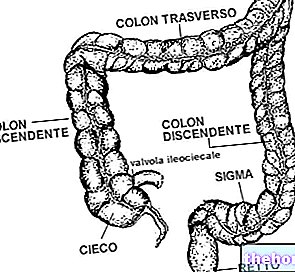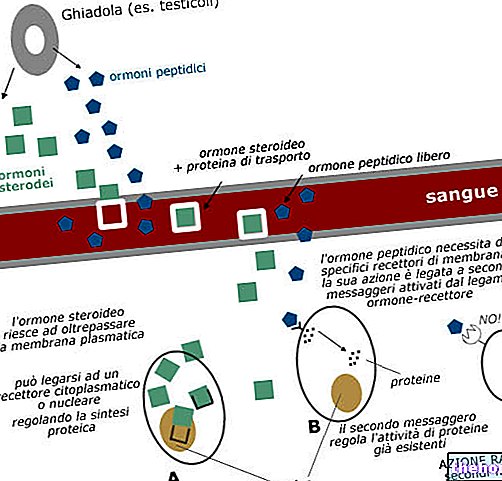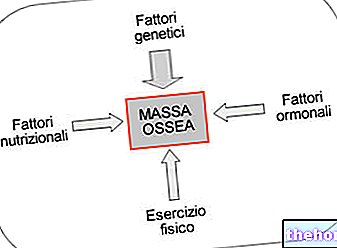The Β-oxidation is the set of processes that take place on the carbon in Β to the carbonyl.
The first enzyme in the process is the "acyl coenzyme A dehydrogenase which is found on the inner mitochondrial membrane and has FAD as a cofactor which is reduced to FADH2 and gives its reducing power to coenzyme Q (respiratory chain); this enzyme catalyzes the reaction that from an acyl coenzyme A, leads to the formation of enoyl coenzyme A (more precisely trans 2,3 enoyl coenzyme A) which is an unsaturated α-Β system (alkene). The second enzyme of b- oxidation is the "enoyl coenzyme A hydratase which converts enoyl into L-Β hydroxy acyl coenzyme A; this enzyme is absolutely stereospecific for the L-Β hydroxy acyl coenzyme A isomer.
The subsequent reaction is catalyzed by the L-Β hydroxy acyl coenzyme A dehydrogenase (NAD dependent enzyme) which converts L-Β hydroxy acyl coenzyme A into b-keto acyl coenzyme A; at the same time, the reduction of NAD + to NADH occurs.
Finally, one intervenes thiolase (b-keto acyl coenzyme A thiolase); the reaction also requires a lytic agent represented by coenzyme A: a fragment with two carbon atoms is formed (ie the "acetyl coenzyme A) and the remaining carbonaceous skeleton represents an acyl coenzyme A (compared to the starting one it has lost two atoms carbon).
The acyl coenzyme A obtained with the Β-oxidation, repeats the process until only acetyl coenzyme A is obtained.
Almost absolute rule: when dehydrogenation occurs between two adjacent atoms with a clear difference in electron affinity, the cofactor of the enzyme dehydrogenase is almost always NAD, while, if the dehydrogenation occurs between two adjacent atoms including c "there is little difference of electron affinity, the cofactor is the FAD.




























